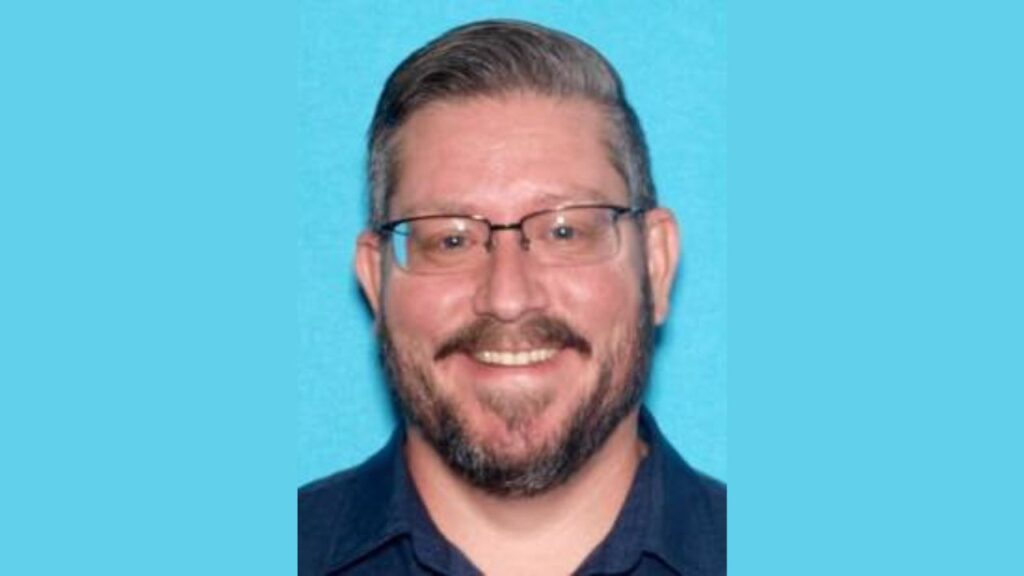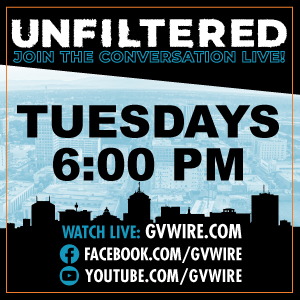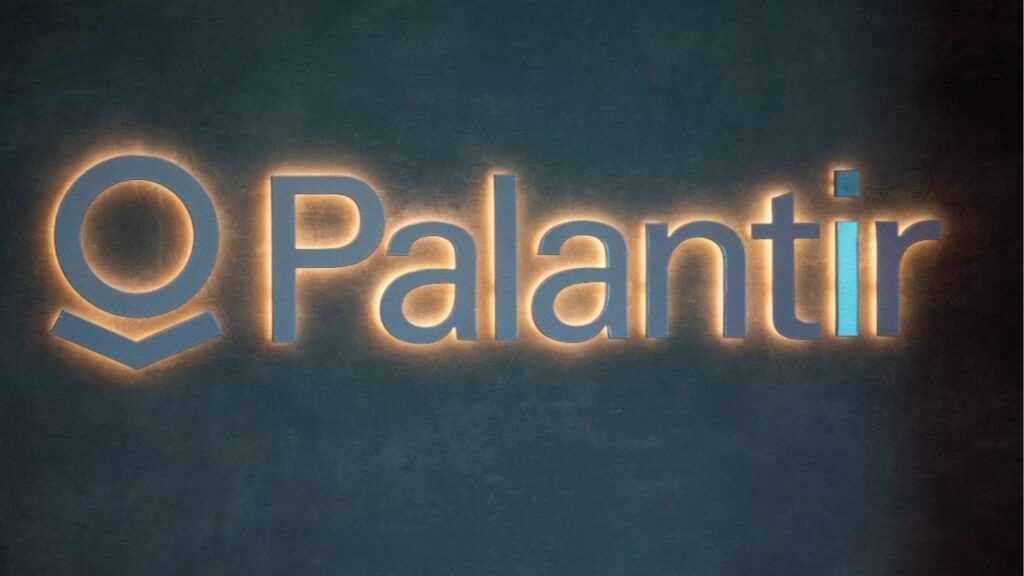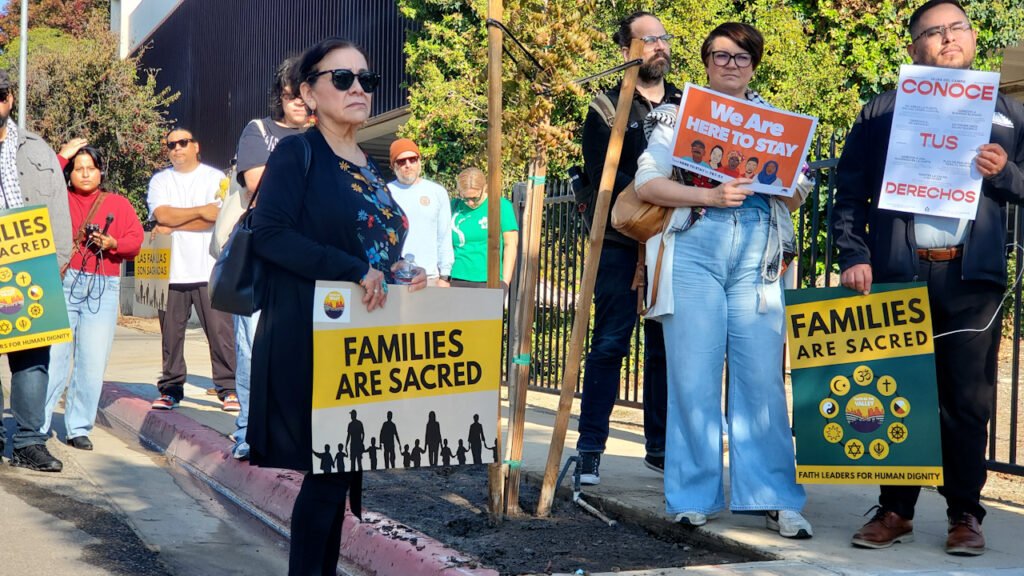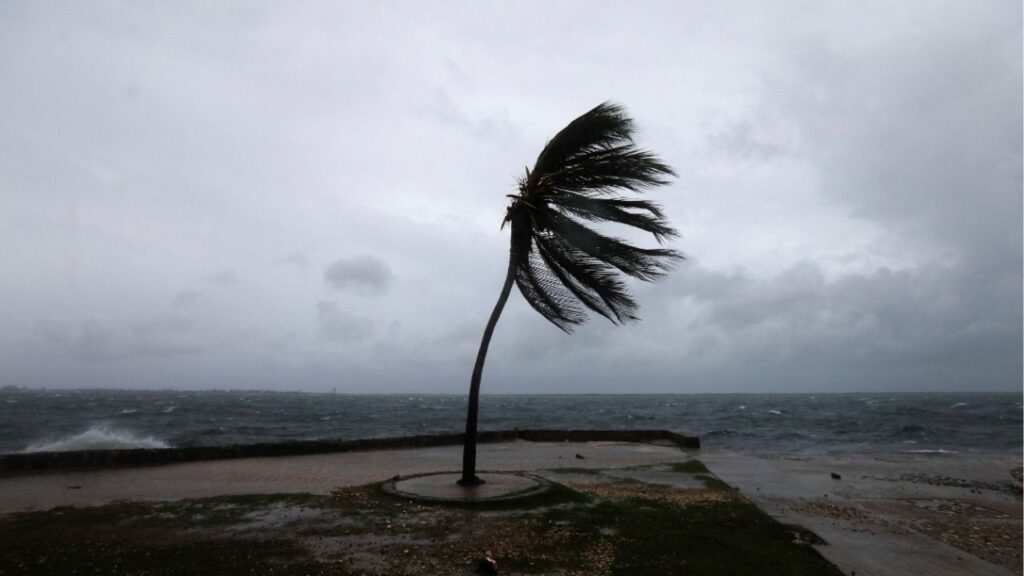Share
This week for the first time since the coronavirus pandemic closed schools abruptly in mid-March, Clovis teachers met with their students in their classrooms.
In following with state and local public health directives, the class sessions were small — no more than two children, and no more than two teachers per child, said Ruth Steffy, Clovis Unified’s assistant director of special education.
School employees are carefully following state and local health protocols to protect the students as well as staff from being infected with the highly contagious COVID-19, Steffy said.
And that means assigning specific adults to work with specific children to limit contact to small groups, greeting students in the parking lot and taking their temperatures there, wearing personal protective equipment such as masks and gloves, and sanitizing rooms in-between session, she said.
The PPE comes in handy especially with preschoolers who, like all youngsters, are eager to hug teachers they haven’t seen for so many months, Steffy said.
Fresno and Central Yet to Bring Back Special Needs Students
While Clovis started bringing students back to campus this week, Fresno and Central unified school districts are still in the process of conducting assessments, officials said.
“We’re working with our labor partners,” Fresno Unified spokeswoman Amy Idsvoog said.
Special Needs Students Are First to Return
The district targeted its most at-risk students — severely disabled students of all ages and preschoolers and kindergartners enrolled in the Program for the Acquisition of Language and Social Skills — to be the first for face-to-face instruction instead of distance learning.
For students in need of physical or speech therapy, who have autism, are nonverbal, or have other learning disabilities, “some services can’t be met online,” she said.
Steffy estimated that about 150 students were at Clovis Unified school sites this week, which required overcoming fairly intricate scheduling challenges. The state protocols limit the students to no more than 120 minutes on campus per week, she said.
“That’s why we rolled it out slowly, because the scheduling has been complex,” she said.
The teachers were ecstatic to see their students again and to reacquaint them with school after so many months, Steffy said. For some students for whom routine is so important, being back at school will take some getting used to, she said.
State Health Department Issues Rules
Late last month, the California Department of Public Health issued new guidelines permitting small groups of no more than 14 students and two supervising adults at schools, virtual learning hubs, or other centers. The centers could have more than one small group, but the size of each group was limited to no more than 14 kids.
The policy targets the state’s neediest and at-risk students for the small groups, including those with disabilities, special education students, those in foster homes, and the homeless.
Some Kids Staying Home
Not all the children in Clovis Unified’s target groups are coming to campus, Steffy said. The parents of children with complex medical issues are keeping their kids on distance learning because they would be at risk of health complications if they were infected by the virus, she said.
Steffy is hopeful that if Clovis Unified’s gradual roll-out of bringing students back to campus is successful, it could be a blueprint for the gradual reintroduction of other students returning to school.
“As far as having the opportunity to come back, we miss them, we want them all back, but we are cautious about the health and safety of everybody,” she said. “And we look forward to that day when we can open our days to everybody again — we really, really can’t wait for that. We know that they’re going to learn best when we can get them back in school.”
Categories

Fresno County Actor Stars in ‘Malibu Horror Story,’ Now Streaming
